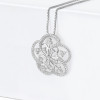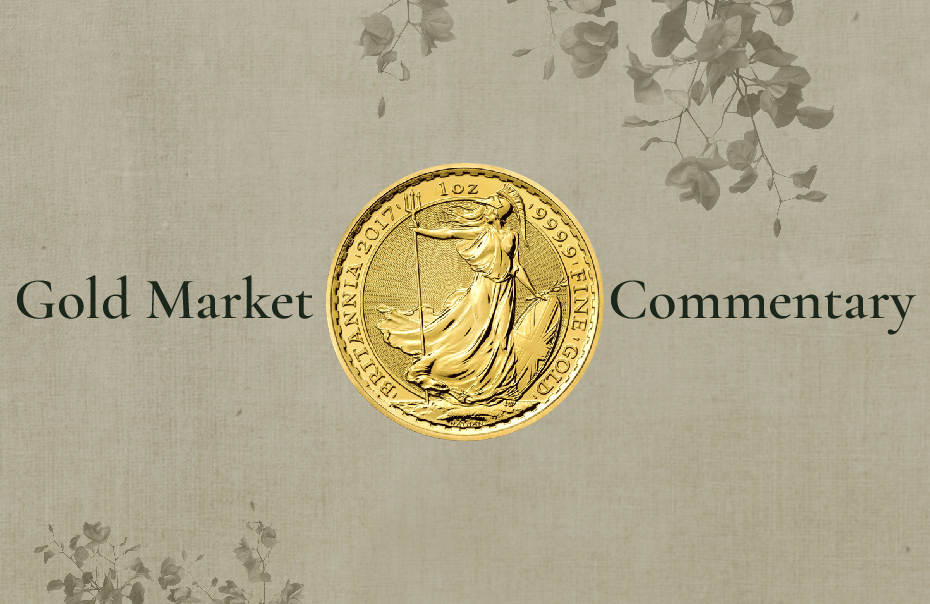Gold prices jumped to a seven-week peak on April 16 boosted by softening U.S. Treasury yields and a weaker dollar, and underpinned by inflationary worries after higher-than-expected consumer prices data in the United States.
Gold was up 0.8 percent to $1,779.07 per ounce on April 16, after touching $1,783.55, its highest since February 25.
The bigger-than-expected rise in U.S. inflation lifted gold, which is seen as a hedge against rising prices.
U.S. consumer prices rose by the most in over 8-1/2 years in March, triggering what many analysts expect will be a brief period of higher inflation in the world’s biggest economy.
“Continuing low to negative interest rates, joined recently by a weakening dollar, should be working in gold’s favour,” wrote Lawrie Williams, gold market commentator with bullion dealer Sharps Pixley.
“There have been warnings that the Fed (U.S. central bank) might see rising inflation rates as a trigger to raise base rates, but it has repeatedly given the impression that it will not do so – perhaps unless inflation really gets out of hand. The inflation rate has some way to go before this is seen as a problem by the Fed.”
Gold coin sales have jumped due to consumer fears over inflation, Sharps Pixley said. Sales of American Eagles one ounce gold coins have been strong of late, and Australia’s Perth Mint has been reporting its highest gold sales level since 2012.
Reports of strong physical demand in China and India also bolstered gold prices. Demand for gold jewellery has rebounded in India, where imports hit a near two-year high in March, Kitco News reported.
Gold prices are underpinned to some extent by geopolitical turbulence, such as the gathering of thousands of Russian troops near the border with Ukraine, and Chinese naval manoeuvres near Taiwan.
Gold has often acted as a safe haven during times of geopolitical uncertainty.
“The South China Sea and the Donbass region of Ukraine, remain as serious potential flashpoints for political impasses to turn into military action pitting some of the world’s superpowers against each other,” Williams wrote.
The pound had a strong first quarter of 2021, helped by a last-minute trade deal with the EU at the end of last year, and a rapid rollout of vaccines in the UK. Furthermore, expectations of negative interest rates in the UK have diminished, buoying the pound.
However, sterling has put in a softer performance since the start of April, as the progress of vaccines distribution in the U.S. and EU relative to the UK picked up.
The reopening of non-essential retail in England this week is expected to support the pound as the UK economic recovery gathers pace.
A stronger pound will benefit UK gold savers acquiring dollar-denominated bullion.































